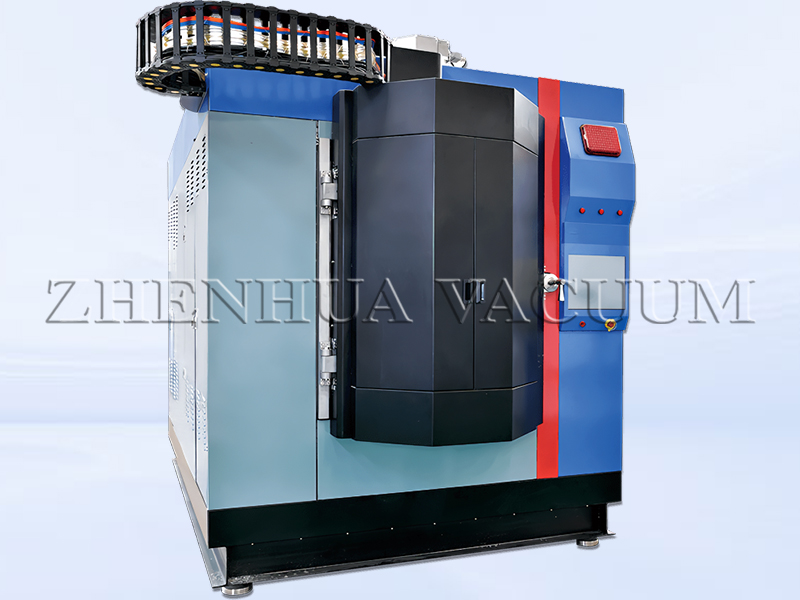Hot filament CVD is the earliest and most popular method of growing diamond at low pressure. 1982 Matsumoto et al. heated a refractory metal filament to over 2000°C, at which temperature the H2 gas passing through the filament readily produces hydrogen atoms. The production of atomic hydrogen during hydrocarbon pyrolysis increased the deposition rate of diamond films. Diamond is selectively deposited and graphite formation is inhibited, resulting in diamond film deposition rates on the order of mm/h, which is a very high deposition rate for the methods commonly used in industry. HFCVD can be performed using a variety of carbon sources, such as methane, propane, acetylene, and other hydrocarbons, and even some oxygen-containing hydrocarbons, such as acetone, ethanol, and methanol. The addition of oxygen-containing groups broadens the temperature range for diamond deposition.
In addition to the typical HFCVD system, there are a number of modifications to the HFCVD system. The most common is a combined DC plasma and HFCVD system. In this system, a bias voltage can be applied to the substrate and filament. A constant positive bias on the substrate and a certain negative bias on the filament causes electrons to bombard the substrate, allowing surface hydrogen to desorb. The result of the desorption is an increase in the deposition rate of the diamond film (about 10 mm/h), a technique known as electron-assisted HFCVD. when the bias voltage is high enough to create a stable plasma discharge, the decomposition of H2 and hydrocarbons increases dramatically, which ultimately leads to an increase in growth rate. When the polarity of the bias is reversed (substrate is negatively biased), ion bombardment occurs on the substrate, leading to an increase in diamond nucleation on non-diamond substrates. Another modification is the replacement of a single hot filament with several different filaments in order to achieve uniform deposition and ultimately a large area of diamond film.The disadvantage of HFCVD is that the thermal evaporation of the filament can form contaminants in the diamond film.
(2) Microwave Plasma CVD (MWCVD)
In the 1970s, scientists discovered that the concentration of atomic hydrogen could be increased using DC plasma. As a result, plasma became another method to promote the formation of diamond films by decomposing H2 into atomic hydrogen and activating carbon-based atomic groups. In addition to DC plasma, two other types of plasma have also received attention. The microwave plasma CVD has an excitation frequency of 2.45 GHZ, and the RF plasma CVD has an excitation frequency of 13.56 MHz. microwave plasmas are unique in that the microwave frequency induces electron vibrations. When electrons collide with gas atoms or molecules, a high dissociation rate is produced. Microwave plasma is often referred to as matter with “hot” electrons, “cold” ions and neutral particles. During thin film deposition, microwaves enter the plasma-enhanced CVD synthesis chamber through a window. The luminescent plasma is generally spherical in shape, and the size of the sphere increases with microwave power. Diamond thin films are grown on a substrate in a corner of the luminescent region, and the substrate does not have to be in direct contact with the luminescent region.
–This article is released by vacuum coating machine manufacturer Guangdong Zhenhua
Post time: Jun-19-2024


